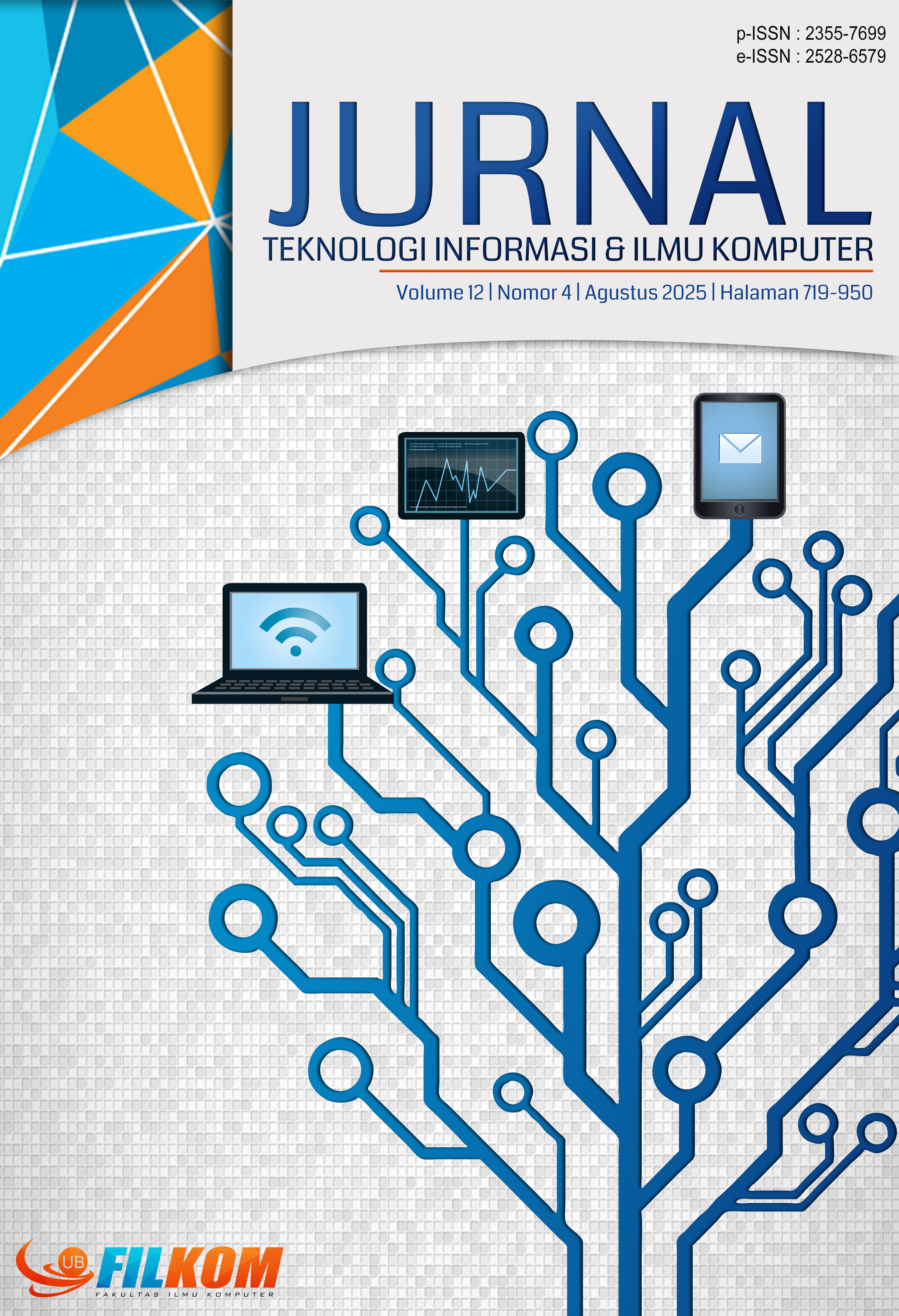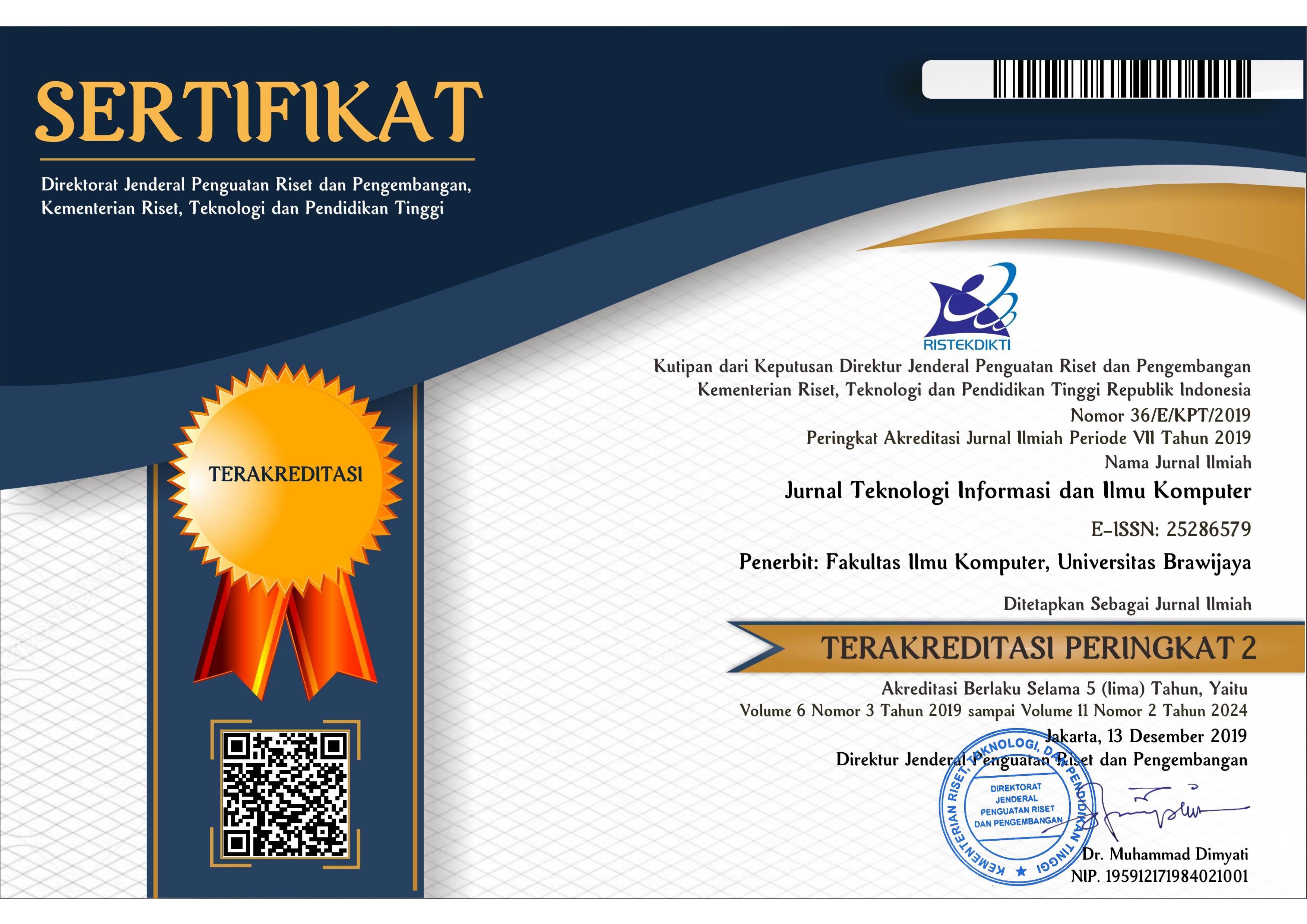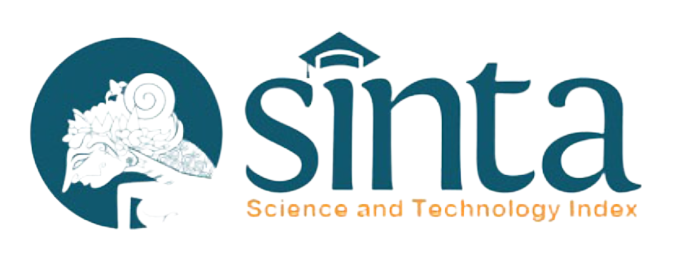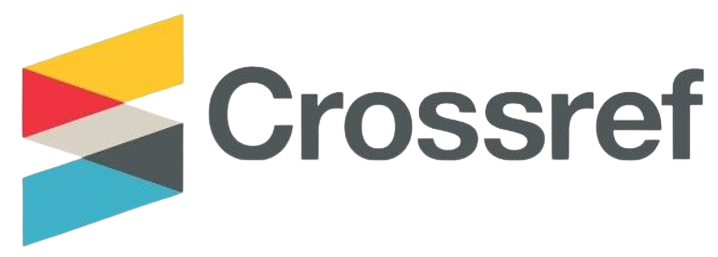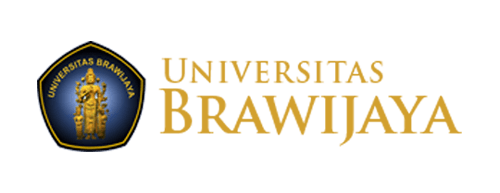Klasifikasi Citra Produk Chiffon Cake Dengan Metode K-Nearest Neighbors Dan Grey Level Co-Occurrence Matrix Untuk Quality Control
DOI:
https://doi.org/10.25126/jtiik.124Kata Kunci:
classification, KNN, GLCM, chiffon cake, quality controlAbstrak
Chiffon cake adalah salah satu kue yang populer, dan kepuasan pelanggan sangat dipengaruhi oleh kualitas produk chiffon cake. Oleh karena itu, diperlukan sistem pengendalian kualitas yang efektif untuk mendeteksi chiffon cake yang cacat. Dalam penelitian ini, digunakan metode K-Nearest Neighbors (KNN) sebagai alat klasifikasi untuk mendeteksi produk chiffon cake yang cacat. Tujuan utama penelitian ini adalah membuat model sistem pengendalian kualitas yang dapat mengklasifikasikan chiffon cake secara otomatis ke dalam dua kategori: "lolos" dan "cacat." Sistem ini diharapkan dapat meningkatkan efisiensi proses produksi dan mengurangi kemungkinan produk cacat sampai ke tangan konsumen. Studi ini menggunakan KNN dan Gray Level Co-Occurrence Matrix (GLCM). Metode klasifikasi KNN bergantung pada pemilihan tetangga terdekat data untuk menentukan kategori kelasnya, sedangkan GLCM adalah teknik ekstraksi fitur yang digunakan untuk mengukur tekstur gambar dengan menganalisis hubungan antara dua piksel dalam orde kedua. Untuk melatih model KNN, studi ini menggunakan dataset yang diambil sendiri melalui pemotretan produk chiffon, kemudian diberi label "lolos" dan "cacat." Setelah melatih model, penulis melakukan pengujian dengan data uji untuk mengevaluasi kinerjanya. Hasil penelitian menunjukkan bahwa penerapan KNN memungkinkan pengklasifikasian chiffon cake dengan akurasi 90,4%. Validasi lebih lanjut dengan dataset yang lebih besar dan beragam diperlukan untuk memastikan bahwa model tetap robust dan dapat diandalkan dalam berbagai kondisi produksi.
Abstract
Chiffon cake is one of the popular types of cake, and customer satisfaction is greatly influenced by the quality of the chiffon cake. Therefore, an effective quality control system is necessary to detect defective chiffon cakes. In this research, the K-Nearest Neighbors (KNN) method is used as a classification tool to detect defective chiffon cakes. The main objective of this study is to create a quality control system model that can automatically classify chiffon cakes into two categories: "Pass" and "Not Pass." This model is expected to increase production efficiency and reduce the risk of defective products reaching consumers. This study uses KNN and the Gray Level Co-Occurrence Matrix (GLCM). The KNN classification method determines the class category by selecting the data's nearest neighbors, while GLCM is a feature extraction method that measures image texture by analyzing the correlation between two pixels in the second order. To train the KNN model, this study used a dataset of manually photographed products, labeled as "lolos" and "cacat" After training the model, this study evaluates its performance using test data. The research results showed that the KNN application can classify chiffon cakes with an accuracy of 90.4%. Further validation with larger and more diverse datasets is recommended to enhance the model's robustness and applicability.
Downloads
Referensi
ABDULLAH, A. A., HASSAN, M. M., & MUSTAFA, Y. T. (2024). Leveraging Bayesian deep learning and ensemble methods for uncertainty quantification in image classification: A ranking-based approach. https://doi.org/10.1016/j.heliyon.2024.e24188
ANDHIKA SURYA, R., FADLIL, A., YUDHANA, A., DAHLAN, A., & SOEPOMO, J. (2017). Ekstraksi Ciri Metode Gray Level Co-Occurrence Matrix (GLCM) dan Filter Gabor Untuk Klasifikasi Citra Batik Pekalongan. Jurnal Informatika:Jurnal Pengembangan IT (JPIT, 02(02).
HUANG, A., XU, R., CHEN, Y., & GUO, M. (2023). Research on multi-label user classification of social media based on ML-KNN algorithm. Technological Forecasting & Social Change, 188, 122271. https://doi.org/10.1016/j.techfore.2022.122271
KURNIA, D. A., SETIAWAN, A., AMALIA, D. R., ARIFIN, R. W., & SETIYADI, D. (2021). Image Processing Identifacation for Indonesian Cake Cuisine using CNN Classification Technique. Journal of Physics: Conference Series, 1783(1). https://doi.org/10.1088/1742-6596/1783/1/012047
LUIS´, L., CALVO PASCUAL, L., CASTRO CORREDOR, D., CÉSAR, E., & MERCHÁN, G. (2023). Machine learning classification of vitamin D levels in spondyloarthritis patients. https://doi.org/10.1016/j.ibmed.2023.100125
NOVELINA, AISMAN, & RAMADHANI, A. S. (2023). The Comparative Effect of MOCAF (Modified Cassava Flour) and Corn (Zea mays L.) Flour on the Characteristics of Chiffon Cake. IOP Conference Series: Earth and Environmental Science, 1182(1), 012052. https://doi.org/10.1088/1755-1315/1182/1/012052
NYASULU, C., DIATTARA, A., TRAORE, A., BA, C., DIEDHIOU, P. M., SY, Y., RAKI, H., & PELUFFO-ORDÓÑEZ, D. H. (2023). A comparative study of Machine Learning-based classification of Tomato fungal diseases: Application of GLCM texture features. Heliyon, 9(11). https://doi.org/10.1016/j.heliyon.2023.e21697
ÖZTÜRK, Ş., & AKDEMIR, B. (2018). Application of Feature Extraction and Classification Methods for Histopathological Image using GLCM, LBP, LBGLCM, GLRLM and SFTA. Procedia Computer Science, 132, 40–46. https://doi.org/10.1016/j.procs.2018.05.057
REN, Z., TANG, Y., & ZHANG, W. (2021). Quality-related fault diagnosis based on k-nearest neighbor rule for non-linear industrial processes. International Journal of Distributed Sensor Networks, 17(11). https://doi.org/10.1177/15501477211055931
TRAN, A. C., TRAN, N. C., & DUONG-TRUNG, N. (2020). Recognition and Quantity Estimation of Pastry Images Using Pre-training Deep Convolutional Networks. Communications in Computer and Information Science, 1306, 200–214. https://doi.org/10.1007/978-981-33-4370-2_15
Unduhan
Diterbitkan
Terbitan
Bagian
Lisensi
Hak Cipta (c) 2025 Jurnal Teknologi Informasi dan Ilmu Komputer

Artikel ini berlisensiCreative Commons Attribution-ShareAlike 4.0 International License.

Artikel ini berlisensi Creative Common Attribution-ShareAlike 4.0 International (CC BY-SA 4.0)
Penulis yang menerbitkan di jurnal ini menyetujui ketentuan berikut:
- Penulis menyimpan hak cipta dan memberikan jurnal hak penerbitan pertama naskah secara simultan dengan lisensi di bawah Creative Common Attribution-ShareAlike 4.0 International (CC BY-SA 4.0) yang mengizinkan orang lain untuk berbagi pekerjaan dengan sebuah pernyataan kepenulisan pekerjaan dan penerbitan awal di jurnal ini.
- Penulis bisa memasukkan ke dalam penyusunan kontraktual tambahan terpisah untuk distribusi non ekslusif versi kaya terbitan jurnal (contoh: mempostingnya ke repositori institusional atau menerbitkannya dalam sebuah buku), dengan pengakuan penerbitan awalnya di jurnal ini.
- Penulis diizinkan dan didorong untuk mem-posting karya mereka online (contoh: di repositori institusional atau di website mereka) sebelum dan selama proses penyerahan, karena dapat mengarahkan ke pertukaran produktif, seperti halnya sitiran yang lebih awal dan lebih hebat dari karya yang diterbitkan. (Lihat Efek Akses Terbuka).

